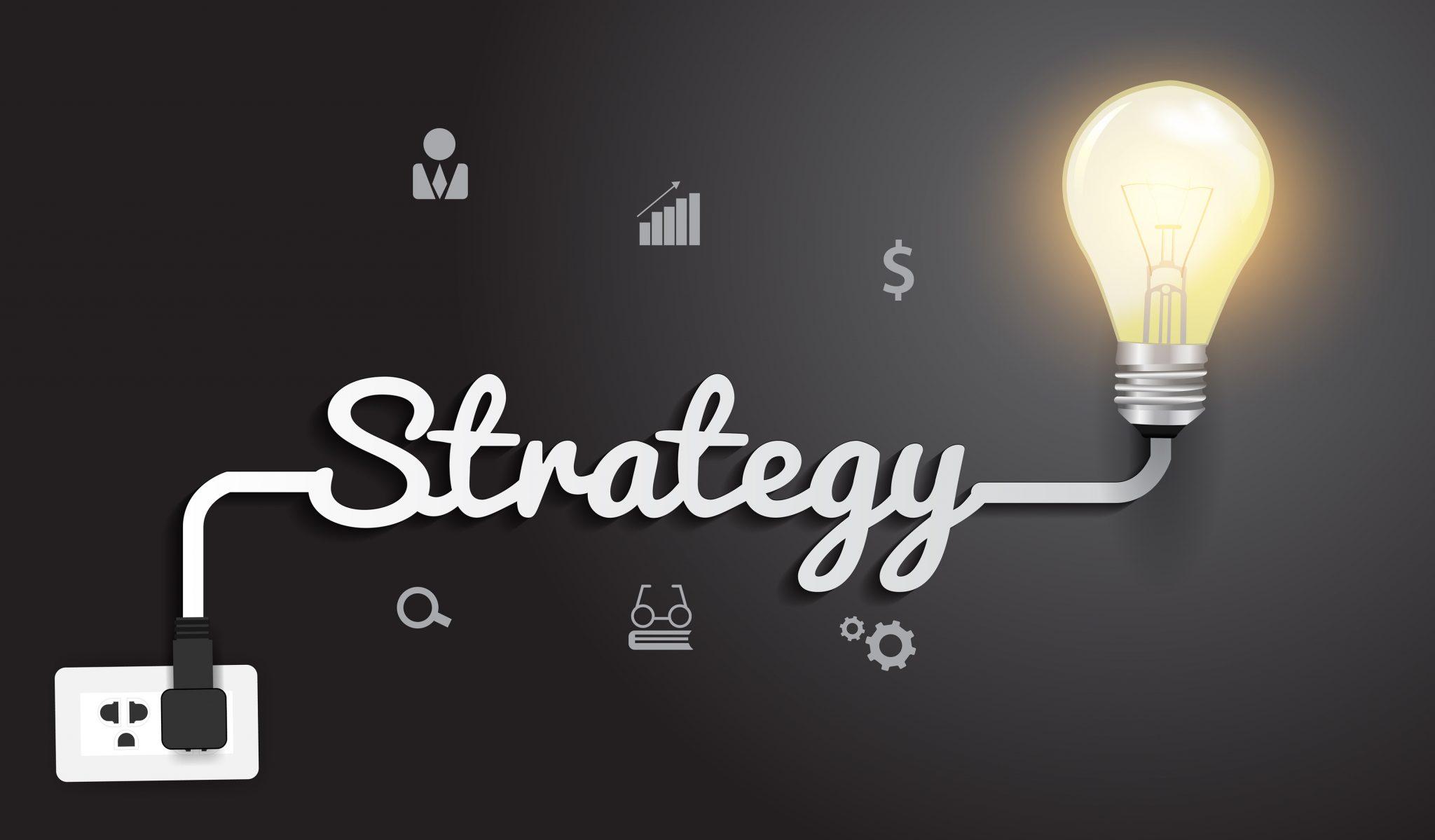Table of Contents
- Understanding the Importance of Health and Wellness Assessments
- Key Components of a Comprehensive Health and Wellness Evaluation
- Interpreting Your Assessment Results for Effective Lifestyle Changes
- Personalizing Your Wellness Journey with Tailored Recommendations
- Strategies for Regularly Updating Your Health and Wellness Goals
- Q&A
- Key Takeaways
Understanding the Importance of Health and Wellness Assessments
Health and wellness assessments serve as crucial tools for individuals and organizations aiming to enhance overall well-being. These evaluations provide a comprehensive overview of various health indicators and lifestyle factors that contribute to an individual’s physical, mental, and emotional fitness. By identifying areas of strength and opportunities for improvement, assessments empower individuals to make informed choices about their health journeys. Implementing a regular assessment process can lead to personalized health strategies that promote long-term wellness.
Engaging in health and wellness assessments offers several benefits, including:
- Risk Identification: Early detection of potential health issues can prevent more serious complications down the road.
- Goal Setting: Assessments provide data that can guide individuals in setting realistic and achievable health goals.
- Progress Tracking: Regular assessments allow for the monitoring of changes over time, helping to assess the effectiveness of lifestyle adjustments.
Furthermore, incorporating wellness assessments into workplace health programs can lead to significant advantages for organizations. Companies can benefit from:
| Advantage | Impact |
|---|---|
| Improved Employee Health | Leads to decreased absenteeism and increased productivity. |
| Enhanced Engagement | Employees feel valued and supported in their well-being efforts. |
| Cost Savings | Reduces healthcare costs through preventive measures and healthier lifestyle choices. |
prioritizing health and wellness assessments is an essential step toward building healthier lives and communities. By fostering a culture of awareness and proactive health management, individuals and organizations can navigate the complexities of health while facilitating a supportive environment for personal growth and development.


Key Components of a Comprehensive Health and Wellness Evaluation
Conducting a thorough health and wellness evaluation involves multiple components that work together to create a holistic picture of an individual’s well-being. One essential aspect is physical health assessment, which includes a detailed review of medical history, lifestyle factors, and physical examinations. These examinations may measure vital signs such as blood pressure, heart rate, and respiratory rate, as well as perform screenings for various health conditions like diabetes or hypertension. Understanding these elements provides a foundation for identifying potential health risks and areas that need improvement.
Another critical component is the mental and emotional wellness evaluation. This aspect assesses stress levels, emotional stability, and overall mental health. Tools such as questionnaires can help identify symptoms of anxiety, depression, or other mental health conditions. This evaluation should also consider lifestyle factors that play a significant role in mental health, including sleep patterns, work-life balance, and social support systems. By addressing these factors, individuals can take proactive steps toward improving both their mental and emotional resilience.
lifestyle habits must be evaluated, focusing on nutrition, physical activity, and substance use. It is essential to understand an individual’s dietary preferences and exercise routines, as these significantly impact overall health. This section may involve discussing current eating habits, exercise frequency, and any use of substances such as tobacco or alcohol. By recognizing these patterns, professionals can recommend personalized changes that promote a healthier lifestyle. Below is a simple summary of these components:
| Evaluation Component | Description |
|---|---|
| Physical Health | Includes medical history, vital signs, and health screenings. |
| Mental Wellness | Assesses emotional stability and identifies mental health concerns. |
| Lifestyle Habits | Evaluates nutrition, exercise routines, and substance use. |


Interpreting Your Assessment Results for Effective Lifestyle Changes
Receiving your assessment results is an important step toward understanding your health and wellness journey. These results provide you with a snapshot of where you currently stand regarding various factors such as physical fitness, nutritional habits, and mental health. By breaking down each component of your assessment, you can identify specific areas requiring attention. Consider focusing on the following key aspects:
- Physical Activity: Assess your current exercise routines and compare them against recommended guidelines.
- Nutritional Insights: Evaluate your eating habits, including calorie intake and food choices.
- Mental Wellness: Reflect on stress levels and emotional well-being to recognize any potential areas of improvement.
Once you’ve dissected your results, it’s essential to set realistic and achievable goals based on the insights gathered. For example, if your assessment indicates a low level of physical activity, consider integrating specific changes into your daily life. Here are a few suggestions for effective goal-setting:
- Set a target of walking 10,000 steps per day.
- Incorporate at least two days of strength training into your week.
- Experiment with a new healthy recipe each week to diversify your nutrition.
As you make these lifestyle adjustments, it’s vital to monitor your progress consistently. Keeping a journal can be an effective way to track both physical changes and emotional responses to your new habits. If you’re finding the transition challenging, consider working with a health coach or joining a support group. Here’s a simple table to help you keep track of your goals and progress:
| Goal | Action Steps | Progress |
|---|---|---|
| Increase physical activity | Join a local fitness class | Ongoing |
| Improve nutrition | Meal prep on weekends | Started |
| Enhance mental wellness | Practice mindfulness daily | In progress |


Personalizing Your Wellness Journey with Tailored Recommendations
Embarking on a wellness journey requires more than just a generic approach; it demands a personalized strategy that aligns with your unique lifestyle and health goals. By undergoing a comprehensive health and wellness assessment, you gain insights that allow for tailored recommendations, enhancing your path to overall well-being. This assessment considers your individual health history, preferences, and challenges to develop a roadmap that resonates with you.
The key to effective personalization lies in understanding your specific needs. Through an assessment, you can uncover various dimensions of wellness, which include:
- Physical health: Analyzing fitness levels, dietary habits, and lifestyle choices.
- Mental resilience: Identifying stressors and emotional well-being strategies.
- Social connections: Evaluating the impact of relationships on your wellness.
This tailored approach doesn’t only improve engagement; it also increases the effectiveness of recommendations provided. For example, based on your assessment, you might find suggestions such as:
| Personalized Recommendation | Expected Benefit |
|---|---|
| Incorporate daily mindfulness practices | Enhanced mental clarity and reduced anxiety |
| Adopt a plant-based meal plan | Improved nutrition and energy levels |
| Engage in community fitness classes | Stronger social support and accountability |
Ultimately, by embracing a personalized wellness journey, you cultivate a sustainable and fulfilling lifestyle, empowering you to thrive in every aspect of your health. The ability to adapt your journey based on specific insights transforms not just your routine, but the overall experience of well-being itself.


Strategies for Regularly Updating Your Health and Wellness Goals
Regularly updating your health and wellness goals requires a structured approach that accommodates the ever-changing nature of your lifestyle. One effective strategy is to set aside time each month to reflect on your goals, assess your progress, and make necessary adjustments. This reflection period can involve journaling your experiences, which helps illuminate patterns in your behaviors and outcomes. By visualizing this data, whether through charts or graphs, you can gain insights that will guide you in refining your goals effectively.
An essential part of maintaining motivation is to establish SMART goals—Specific, Measurable, Achievable, Relevant, and Time-bound. These criteria ensure that your objectives are clear and attainable, effectively enhancing your focus. To further support your progress, consider utilizing mobile applications or fitness trackers that provide reminders and feedback tailored to your wellness journey. This technology allows you to adjust your approach based on real-time data, encouraging a proactive attitude toward your health.
| Goal Type | Frequency of Update | Key Metrics |
|---|---|---|
| Fitness | Monthly | Workout sessions, progress tracking |
| Nutrition | Weekly | Caloric intake, balanced meals |
| Mental Health | Bi-weekly | Mindfulness practices, stress levels |
Incorporate accountability into your routines by teaming up with a friend, family member, or mentor. Accountability partners can provide motivation and support, ensuring that you’re both working towards your goals. Regular check-ins, whether through phone calls or meet-ups, can foster camaraderie and empower each other to celebrate both small victories and significant milestones in your wellness journey. This communal approach not only builds commitment but also enriches your experience as you navigate your health and wellness objectives.




0 Comments